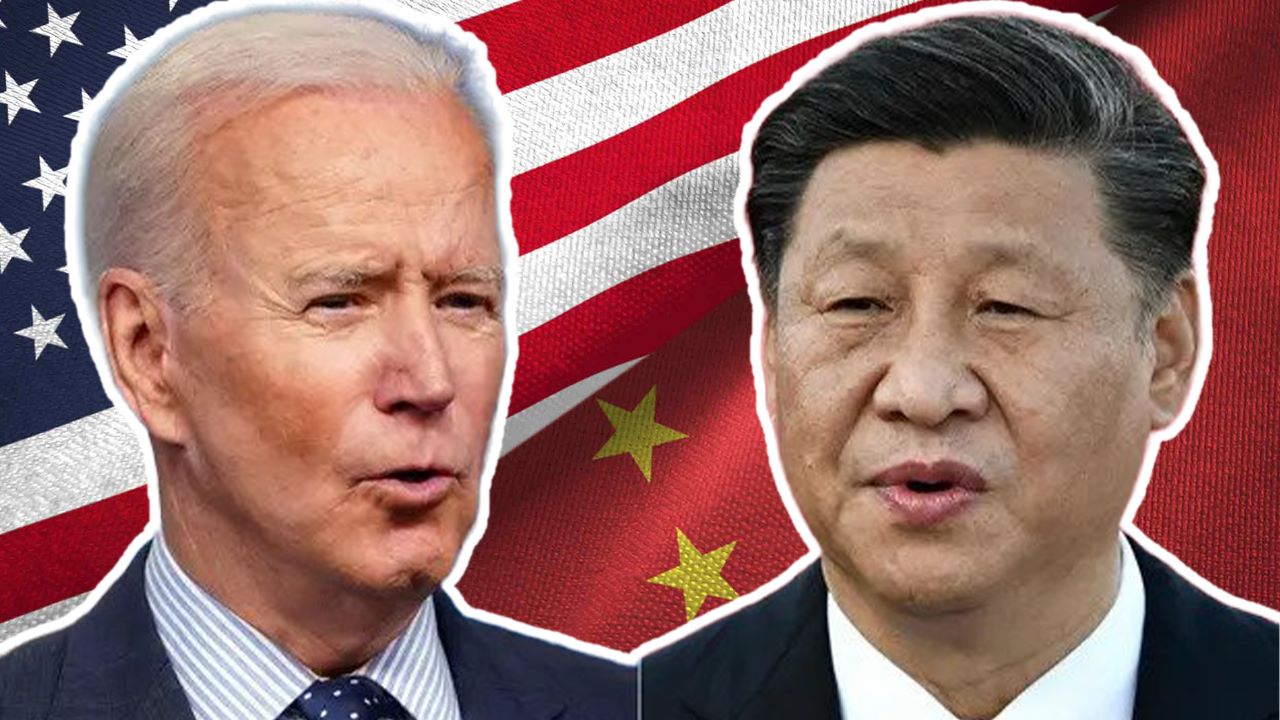China has imposed additional export controls on crucial technologies, reflecting the escalating technological competition with the United States and its allies. This export control will be set on technologies, including laser radars, drones, and biotechnology products.
The move follows a trend of increased export restrictions on certain products, particularly those related to advanced artificial intelligence chips, due to concerns about potential military applications and modernization efforts.
The updated catalog of technologies subject to export bans and restrictions was jointly released on December 21 by the Chinese Ministry of Science and Technology and the Ministry of Commerce, with immediate effect.
This development came after Beijing imposed export restrictions on gallium and germanium compounds in July in retaliation for measures targeting the Chinese semiconductor industry.
In November, Beijing also imposed restrictions on another critical mineral—graphite, a malleable form of carbon widely utilized in electric car batteries, semiconductors, and nuclear reactors.
Now, China has articulated that the latest export controls aim to ensure national security, protect public interest, and uphold public morality.
In addition to these critical objectives, the stated reasons for implementing these controls encompass safeguarding the health and safety of humans, animals, and plants, considering environmental factors, and ensuring compliance with domestic laws and international treaties.
China, holding over 70 percent of the world’s output of rare earth metals, which are crucial for electronic and military equipment, continues to subject technology related to their extraction, processing, and use to export controls.
The notice explicitly highlights the inclusion of dual-use technologies with military and civilian applications in export control management.
In an expansion from the 2020 list, new technological categories have been added, encompassing laser radars, crop hybridization, human cell cloning, gene editing, and bulk cargo handling.
Specific restrictions apply to laser radars with defined power, pulse width, detection range, accuracy, or resolution. Deep-ultraviolet lasers and essential single crystals also remain under restrictions.
The list further broadens existing categories, particularly in drone technologies, covering UAV flight control systems, algorithms, and software for autonomous navigation, path planning, and obstacle avoidance.
US-China Tech War
The reciprocal implementation of export controls underscores the deepening scope of competition between the United States and China.
The protracted rivalry between these two nations spans various geopolitical issues, including but not limited to Taiwan, the South China Sea, and concerns related to China’s human rights practices.
This extensive array of contentions reflects the complex landscape in which the world’s two largest economies vie for global leadership.
As this competition unfolds, export controls and protectionist policies have emerged as increasingly prominent elements in the intricate dynamics of the US-China relationship.
However, Beijing’s control over rare earth materials leaves the country vulnerable to potential supply chain disruptions. Beijing’s dominance in the rare earths market traces back three decades, rooted in deliberate industrial policies and export subsidies.
Facilitated by inexpensive labor and a high tolerance for the environmental impact of mining and processing, China strategically positioned itself as a key player in this critical sector.
Deng Xiaoping, the architect of China’s economic transformation, humorously noted in 1992 that while the Middle East has oil, China possesses rare earths.
In response to Washington’s imposition of export controls on semiconductors to curb China’s military advancements, Beijing contends that its newly introduced restrictions on mineral exports and other critical technologies are essential for better safeguarding national security and interests.

But China’s recent measures targeting key technologies and materials will likely accelerate efforts to find alternative sources beyond Chinese supply.
The United States and allied nations such as Japan, South Korea, and some in Europe are actively exploring options to diversify supply chains, reducing dependency on China.
The United States recently announced its intention to investigate American companies’ procurement of legacy node chips manufactured in China.
However, this move has prompted an intense backlash from the Chinese government, which has accused Washington of “weaponizing” trade issues.
China has pledged to enhance its chip self-sufficiency, injecting significant state funds into the sector. The initial focus is on domestically substituting parts and equipment for mature foundry processes, prioritizing replacing older foreign-sourced technologies due to their relative ease of substitution.
- Contact the author at ashishmichel@gmail.com
- Follow EurAsian Times on Google News